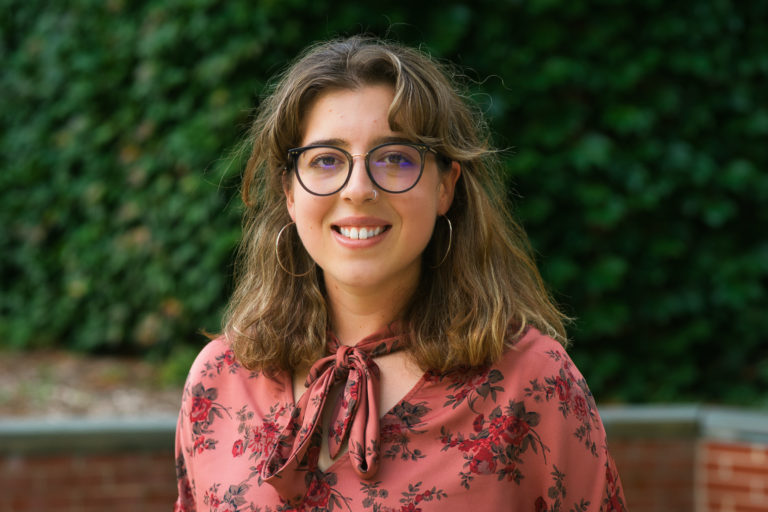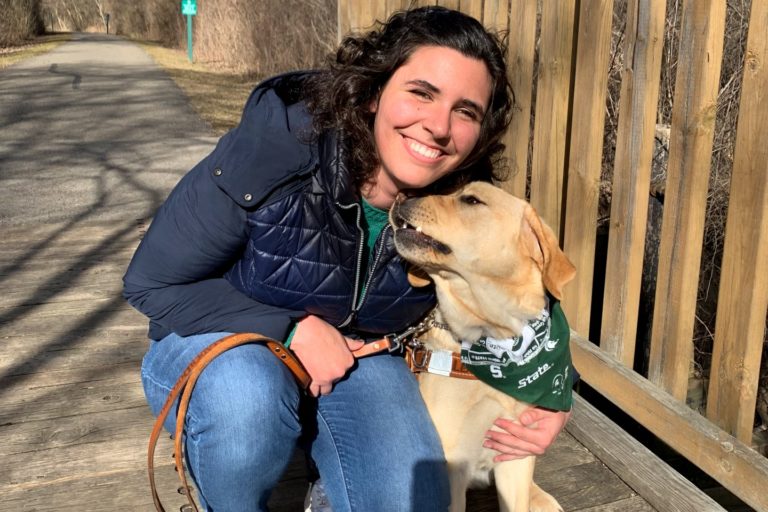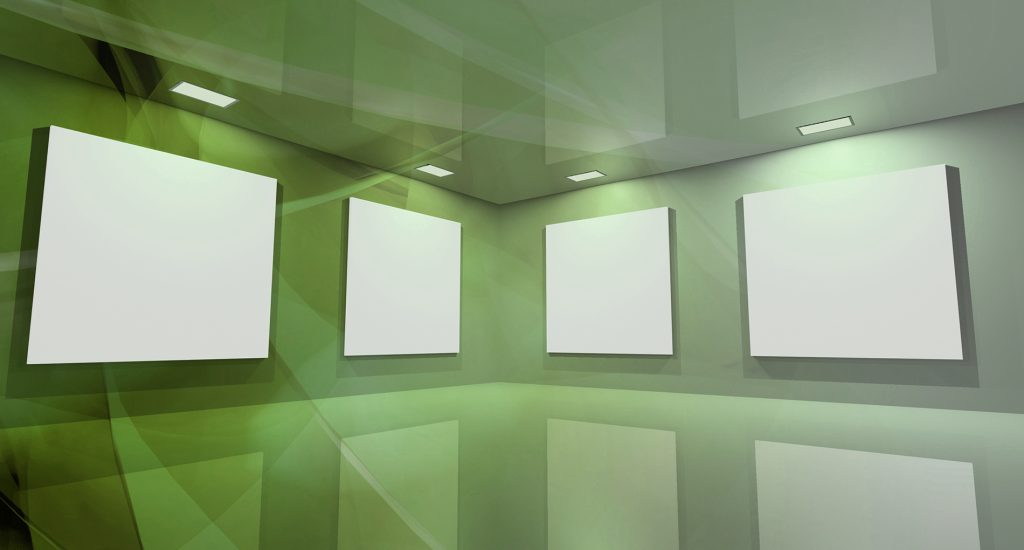
A collaborative class among Michigan State University, the University of Michigan and Bard College recently explored how art and architecture produce and reveal race, gender and class.
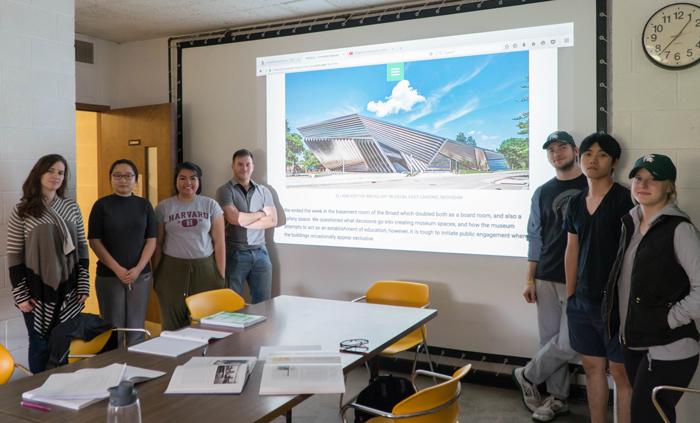
The course, HA491 “Contested Spaces: Art, Architecture, Politics,” offered last semester for the first time, was taught simultaneously by Tessa Paneth-Pollak, Assistant Professor in MSU’s Department of Art, Art History, and Design; Ana María León, Assistant Professor in the History of Art Department at the University of Michigan; and Olga Touloumi, Assistant Professor of Art History at Bard College in New York. The three professors collaborated to design the course, along with Dr. Martina Tanga.
“You don’t usually see this inter-university interaction unless it’s at football games or rivalries,” said Daena Faustino, a junior Graphic Design major who took the class last semester. “Being able to work together to find a common goal, different solutions or different ways that we see the world from three different university standpoints is really interesting, and it was fun to have Internet pen pals to bounce ideas off of and hear new sides of an argument.”
With the help of Elizabeth Fomin at the University of Michigan and Leslie Melvin at Bard College, a website was created for the course to serve as the main hub of interaction between the students on the three campuses.
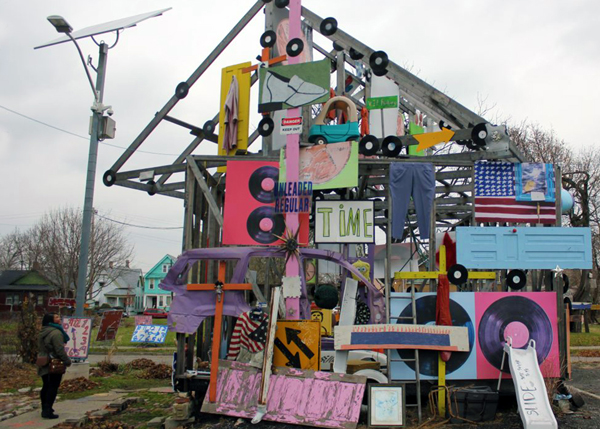
“It has been really incredible to see how students respond to this model of teaching,” Paneth-Pollak said. “The most striking thing has been the way the website allows us to have a kind of expanded classroom. The students have a natural curiosity about what they call their ‘virtual classmates’ and the differences between their college experiences. Their curiosity about the other students and how they approach a certain topic enhances their curiosity about the course material.
Though we are in the same state, the collection of students was different and allowed for different perspectives and opinions.
MORGAN SEGO
“Building and adding content to the website over the course of the semester together only enhances what goes on in the classroom. The weekly reports especially enhance students’ grasp on the material and their investment in it because it allows them to build a narrative of what we are creating and accomplishing in the classroom for the outside world — and, in the process, to review material from the prior week.”
Having a larger pool of students taking the same class has helped to enrich the overall learning experience.
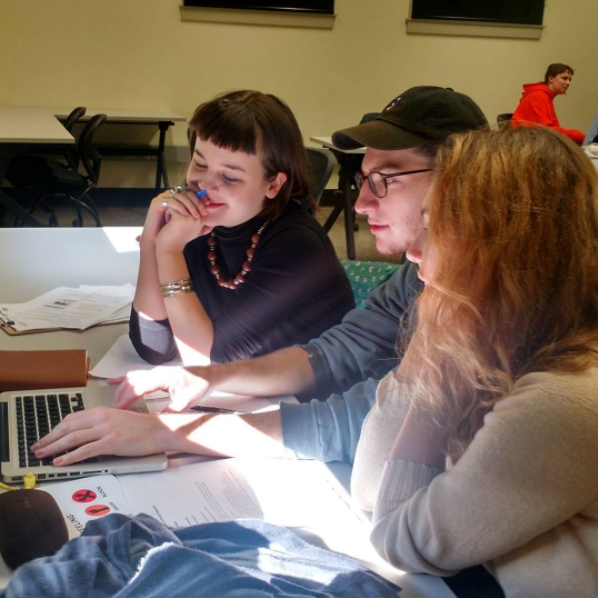
“A small class size is not unusual for an art history course but having this class taught simultaneously on different campuses with different students makes the scope of participation a lot bigger and we were so involved with each other over the class website,” said Morgan Sego, who took the class in the fall and graduated in December with a B.A. in Art History, Visual Culture and Museum Studies. “It was interesting to see each week what we talked about at MSU compared to the students at the University of Michigan. Though we are in the same state, the collection of students was different and allowed for different perspectives and opinions. The Bard students also offered another insight into the ways each topic played into different collections of people. Having these other students to interact with allowed for a richer experience.”
At the end of last semester, the MSU and U of M students had the opportunity to meet in person. In early December, U of M hosted a “Contested Spaces” workshop that the MSU students attended, while the Bard students participated virtually through video chat.
During the workshop, the students heard a keynote lecture on agricultural urbanism in Detroit by Jana Cephas, Assistant Professor of Architecture at U of M’s Taubman College of Architecture and Urban Planning and Postdoctoral Scholar at the Michigan Society of Fellows. The MSU students spent the night in Ann Arbor and the following day visited Diego Rivera’s Detroit Industry Murals at the Detroit Institute of Arts, the Heidelberg Project, and received a unique tour of various sites of spatial contestation and activism in Detroit from Shea Howell and Rich Feldman, two board members of the James and Grace Lee Boggs Center to Nurture Community Leadership.
The Contested Spaces: Art, Architecture, Politics course will be offered again in Spring 2018 as IAH209.
